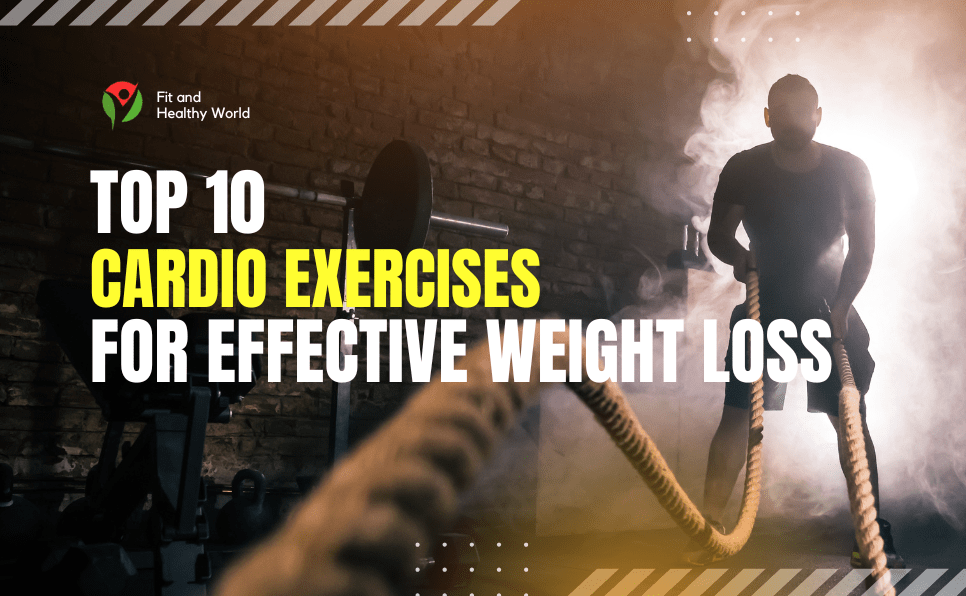Stud exercise is a powerful way to build core strength, boost endurance, and improve overall fitness without the need for expensive gym memberships. By focusing on functional movements and using your bodyweight or simple tools like resistance bands, this method fits perfectly into any home workout routine. It blends strength, balance, and coordination to deliver full-body results while supporting long-term health.
Whether you’re just starting or looking to push your limits, stud exercise offers a flexible and efficient approach to stay active, energized, and strong, right from the comfort of your own space.
Core Principles of Effective Home Workouts
Every outstanding exercise regimen requires regularity. It is the little help daily that matters, not too much all at once. Plus, you need that perfect combination of cardiovascular activity, resistance, and flexibility. These are the fundamentals toward constructing a healthy and balanced frame.
For best results, you should follow a program of progression tracking, not forgetting about rest days, and including varying movements, as HIIT alone burns fat more quickly. Added resistance bands or varying time under tension serve to make the exercise more challenging minus the weight. A good fitness journey does not have to do with the velocity of changes but with the magnitude of the change.
Beginner-Friendly Stud Exercise Routine at Home
Keep it manageable by starting small. A newbie-suitable plan concentrates on basic actions that can be easily learned — and include planks, knee push-ups, squats with just bodyweight, and glute bridges. That way, you increase the efficiency of those arbitrary movements in the middle of your core, lower body, and upper body without getting the stress passed right onto your joints.
Here’s a sample weekly plan to follow:
| Day | Focus Area | Stud Exercise |
| 1 | Full Body | Squats, Knee Push-ups, Plank |
| 2 | Active Recovery | Walking, Light Stretching |
| 3 | Core | Glute Bridges, Dead Bugs |
| 4 | Lower Body | Lunges, Wall Sit |
| 5 | Balance Training | Single-leg Stand, Bird-Dog |
| 6 | Upper Body | Push-ups, Arm Circles |
| 7 | Rest and Recovery | Gentle Yoga, Deep Breathing |
Intermediate to Advanced Workouts You Can Do Anywhere
If you’ve mastered the basics, it’s time to challenge your body. Adding advanced techniques like explosive reps, slow negatives, and HIIT sets will boost your results. You don’t need weights. Just increase reps, hold positions longer, or use resistance bands for extra challenge.
A full workout routine at this level may include burpees, jumping lunges, single-leg squats, and hollow holds. These challenge your core strength, coordination, and fitness levels. For a real burn, try this circuit: 40 seconds work, 20 seconds rest—four rounds. This keeps your heart rate high and muscles working.
Core-Strengthening Exercises Backed by Trainers
Strong abs do so much more than look pretty — they shield your spine and boost balance. Trainers often advise doing exercises like hollow body holds, dead bugs, Russian twists, and side planks. This is how the core gets trained in deep muscles with these exercises for endurance.
Table: Trainer-Approved Core Moves
| Exercise | Target Area | Focus |
| Dead Bug | Lower abs | Slow control, form |
| Side Plank | Obliques | Balance, core strength |
| Hollow Hold | Full core | Endurance, muscle stability |
| Russian Twist | Rotational core | Coordination, flexibility |
Nutrition Tips to Support Your Home Fitness Journey
You can’t out-exercise the wrong diet in place. Nutrition is the fuel to achieve your fitness goals. Ensure adequate, simple pre-workout nutrition in your system before working out. This may be achieved by having bananas or oatmeal a few hours before working out. Replenish what you lost during training through post-workout meals with lots of protein and healthy carbohydrates like grilled chicken and brown rice.
Drink up. Getting hydrated throughout your workouts won’t tire you out or leave you with muscle cramps. Aim for 8-10 glasses on a daily basis. Add a pinch of sea salt to the water to enhance its electrolytes. Proper nutrition is what keeps your muscles healthy and enhances muscle recovery.
How to Track Progress and Stay Accountable
Keeping track of your progress will keep you honest, be it with a friend or in online groups where you share your goals. Community support in fitness helps when your motivation fades.
Fitness apps – or journals, or workout planners, really – log your reps, your weight, and how you feel each session. That way, you can track your wins and tweak the plan as necessary. Seeing others grow keeps your fire alive.
Common Workout Mistakes and How to Avoid Them
One big mistake is ignoring your form. Poor technique can lead to injury and stop progress. Focus on doing each move correctly, even if that means doing fewer reps. Also, don’t skip warm-ups and cool-downs—they protect your joints and help recovery.
Overtraining is another trap. More isn’t always better. Your body needs recovery days to grow stronger. If you feel sore, tired, or bored, take a break. Rest helps your mind too and improves your overall mental health.
The Role of Recovery and Rest in Your Fitness Plan
Rest and recovery are when your muscles heal and grow. You need at least one or two days each week to recover. Use this time for active recovery like walking, stretching, or yoga. It keeps blood flowing and prevents burnout.
Good sleep and hydration are also key. Try to get 7–9 hours of sleep per night. That’s when your body does most of its repair work. Without rest, your gains will stall. Recovery isn’t lazy—it’s smart fitness planning.
Tailoring Your Routine to Your Fitness Level and Goals
Everyone is different. Your exercise routine should suit your fitness level, lifestyle, and goals. If your main aim is to lose fat, concentrate more on HIIT and cardio workouts, but to grow muscles, incorporate strength training along with resistance bands.
Create a simple questionnaire: For beginners, intermediates, or advanced levels. To gain strength, improve balance, or improve mental health. Gauge the response with the appropriate workout program. Keep experimenting, and change as needed.
Conclusion
Exercises like stud are straightforward yet efficient enough to develop overall body strength, improve fitness levels, and maintain regularity at home. The results will come if the exercise regime is right, along with proper nutrition and rest, and recovery. Be committed, keep a tab on your fitness progression, and motivation will driveyou for long.
(FAQs)
How to do hanging exercise for beginners?
Start by gripping a bar with both hands, hang with straight arms, and engage your shoulders; aim to hold for 10-20 seconds, gradually increasing time as you build strength.
What is the 3-3-3 rule gym?
It means doing 3 sets of 3 different exercises, with 3 reps each, focusing on strength, form, and muscle activation.
Is hoeing good exercise?
Yes, hoeing works your arms, back, and legs, offering a full-body workout with added cardio training benefits.
Is it true that for every hour you exercise, you live 3 hours longer?
This is an estimate based on research showing regular physical activity can extend life expectancy but varies by individual health factors.
Which sport increases life expectancy the most?
Swimming is linked to the greatest boost in life expectancy due to its low-impact, full-body workout and cardiovascular benefits.



